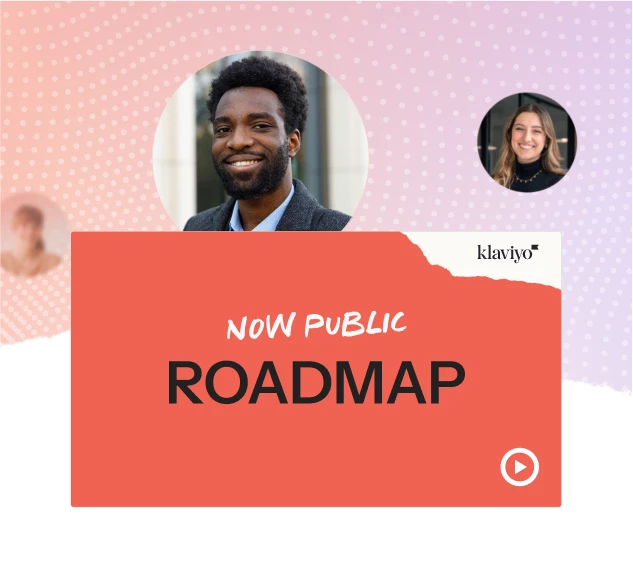I feel like this question has probably been asked before but couldn’t find a thread pertaining to this particular issue.
How should I be handling having the same customer creating multiple profiles with different email addresses but the same phone number? I know that Klaviyo prioritizes the email a unique identifier.
Found cases where
- they would already have a profile and then abandon a cart with under a new email thus creating a new profile
- have an account created at much earlier date but then, and then create a new profile with a new email
- also assuming there are cases of people trying to to use a “first time purchase” offer multiple times.
My issue comes to when looking at the activity logs on all these accounts they seem to be “active”. I have understand having multiple email accounts for work and personal, etc. But is there a way to maintain all this info under the same account so I can get a full view of the customer behavior? I’ve into a few situations where for example it looks like I have 5 one time purchasers for $100 but with some digging its revealed to be 1 five time purchaser for $500. At varying scales this makes a huge difference in how I would choose to communicate with that individual.
I understand if this is just a normal annoyance that comes with this type of work, but wanting to make sure I am not missing a feature that would help keep track of the data better/more efficiently.




![[Academy] SMS Strategy Certificate Forum|alt.badge.img](https://uploads-us-west-2.insided.com/klaviyo-en/attachment/2f867798-26d9-45fd-ada7-3e4271dcb460_thumb.png)
